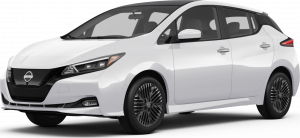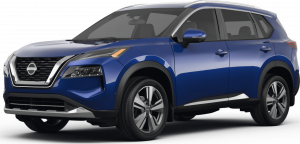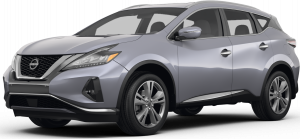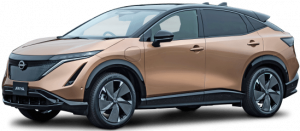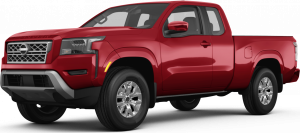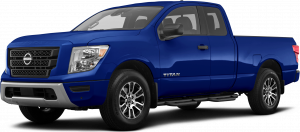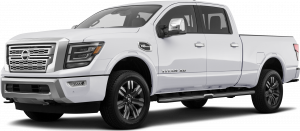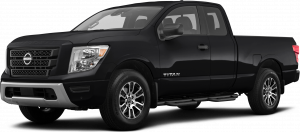The average new car costs more than $36,000. Cars are a big purchase and a big part of your budget. You want to borrow the least amount of money possible to keep your loan down.
Want to buy a new car, but don't have enough money yet? Here's a guide with 7 ways to save for a car.
1. Determine Your Budget
Before you do anything, you need to determine your budget. You have to write down all your expenses and figure out what you can afford. Determine how much you earn each month and how much you spend.
If you have seasonal income, you may want to get a good understanding of how much you can afford on the off months. This includes saving money in the higher income months to cover the lower income months since you will have to pay your payments each month.
Take a look at all your expenses and regular bills. Keep in mind expense such as groceries, gas, and other purchases. You don't want to spread yourself too thin financially.
After seeing all your expenses, determine what you have leftover at the end of the month. You should save at least 10 percent of that amount. You can then see what monthly payment you can afford.
You can find apps to help you stick to your budget and make sure you can save money. You have to hold yourself accountable, which can be the hardest part.
2. Consider Other Expenses
In addition to your car payment, you will have other expenses to keep in mind before you purchase a car. These expenses include insurance, gasoline, and maintenance. You should keep your car expenses to under 20 percent of your budget.
Before deciding on a car, you should consider these expenses because some of these expenses vary per make of vehicle. Let's take a look at all these expenses.
Car Insurance
You may want to quote out insurance from a few insurance companies on a couple of vehicles to see which fits your budget best. The average insurance premium is around $118 a month. Be careful not to sacrifice enough coverage to keep costs down.
Gasoline
When choosing a vehicle, you should also consider your gasoline costs. Do you drive a lot? If so, you may need something with better gas mileage to save money or even consider a vehicle with an alternative fuel source.
If you don't drive great distances, the cost of fuel may not be a large factor.
Maintenance
Do you have money set aside for routine maintenance like oil changes or new tires? You may also have unexpected repairs like a flat tire or chip in the windshield.
If you are buying a used car, you may save money on the purchase price of the vehicle, but you may spend money on larger maintenance items sooner than on a new vehicle.
3. Determine Your Down Payment
Now that you have done the most important steps-determining your budget along with other costs, it's time to figure out how much you need for a down payment. You can use a loan calculator to help you determine the price range of a car you can afford.
You should aim to put 20 percent down on a new vehicle or 10 percent on a used vehicle. Once you determine the price range, you can figure out your down payment. This will give you a goal for your savings plan.
If you can put down a larger down payment, you may be able to lower your interest rates, saving you money on your monthly payments. You may also want to check with various lenders to determine rates and terms to see if you can save money by getting financing on your own like at a local credit union. Don't forget you will also have to figure in sales tax and additional fees on these costs.
4. Open a Savings Account
You now know what you need to save, so now you can work on getting there. To help you reach your goal, open up a separate savings account for your car. This will help prevent you from dipping into these funds for other purposes.
You may also want to check around for the best interest rates. Check with the local bank along with online accounts. Make sure you don't touch this money until you are ready to purchase your new wheels.
You can keep tabs on your savings, so you know when you are ready to purchase this vehicle. Anytime you have extra money, you can throw it in your savings account to help you reach your goal.
5. Add Money Automatically to Your Savings
After setting up your account, you can make automatic transfers to this account without having to think twice. You can have a percentage of your paycheck go into this account, so you don't have the opportunity to spend it.
Some banks will do this for you, or you can check out a trusted third party. There are even some programs that round up purchases to the nearest dollar and add the extra change to your savings account.
6. Side Gigs
If you want to save money quicker, you may want to consider a side job to earn some extra money. This can help accelerate your savings.
Try gigs like mowing yards, working online, or other gigs. Make sure the job is legitimate and worth the time and money before you commit.
7. Get Money From Your Current Car
If you are placing another car, you can trade in your vehicle or sell your car to help pay for your next car. If you sell it yourself, you will most likely get more money, but it takes more time and you have to find a buyer.
Check out appraisal tools to get an idea of your car's value. You will have to be honest about the condition and mileage to get the best estimate.
You Can Save for a Car
With a plan and a budget, you can save for a car. All that hard work will pay off, and nothing is more liberating than cruising around in your new car.
Ready to buy a car? Check out Santa Maria Nissan today for a large selection of new and used vehicles. Come test drive your car when you are ready-we would be happy to help you find the perfect car.






